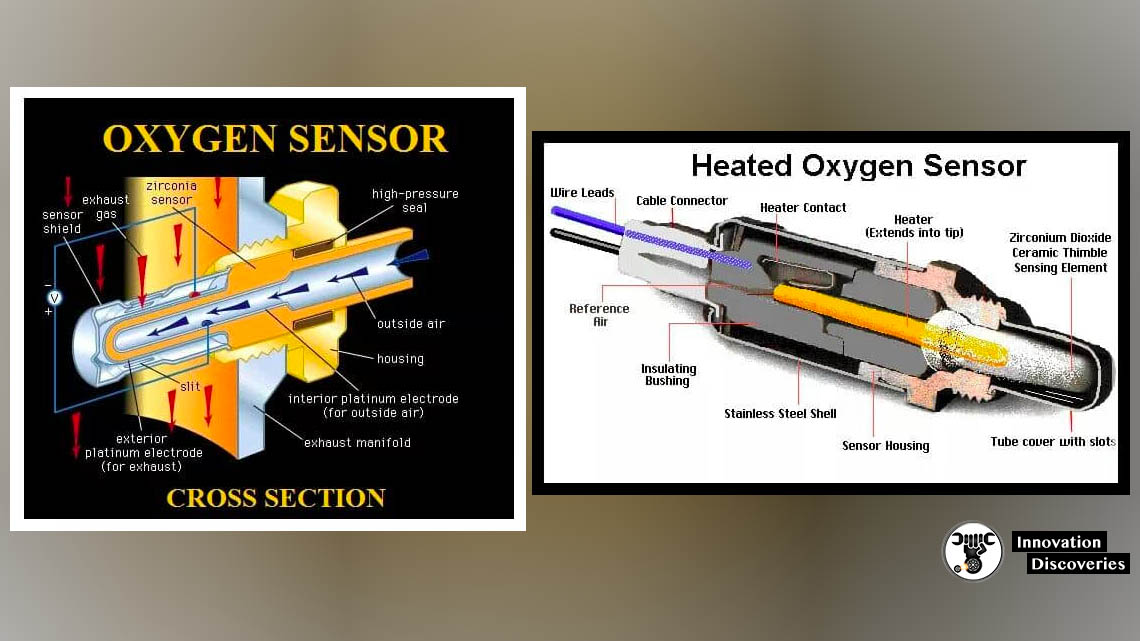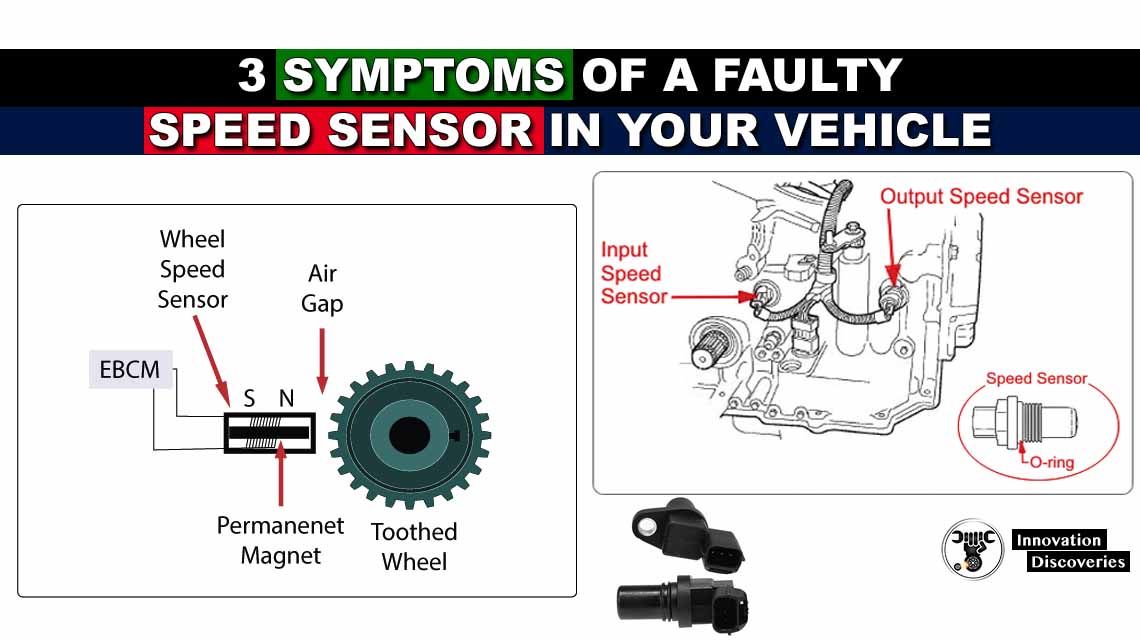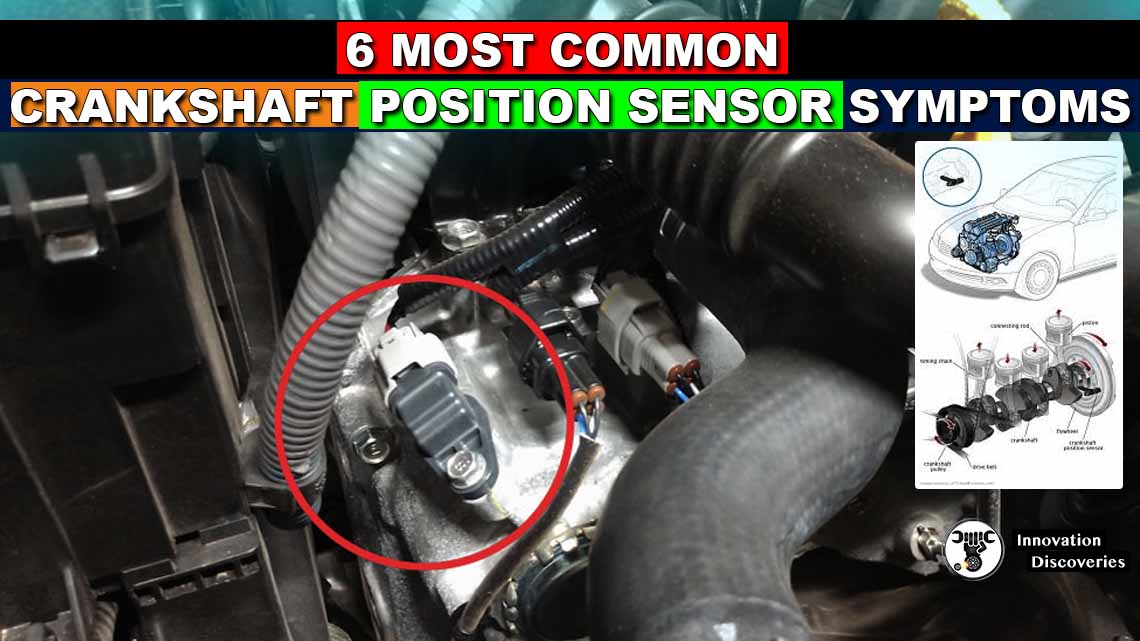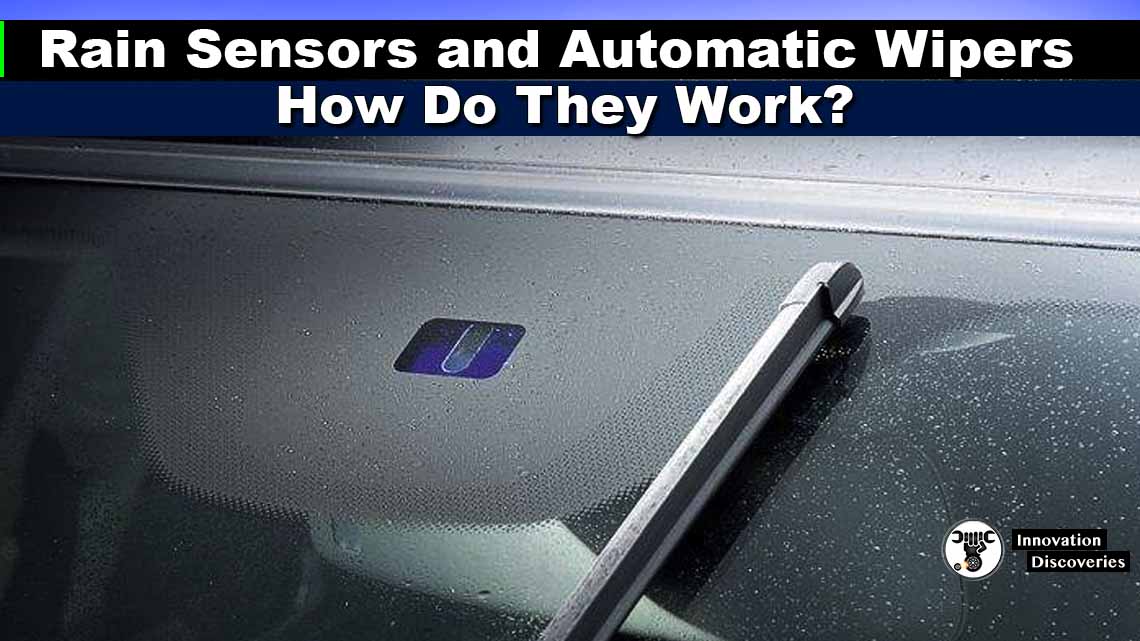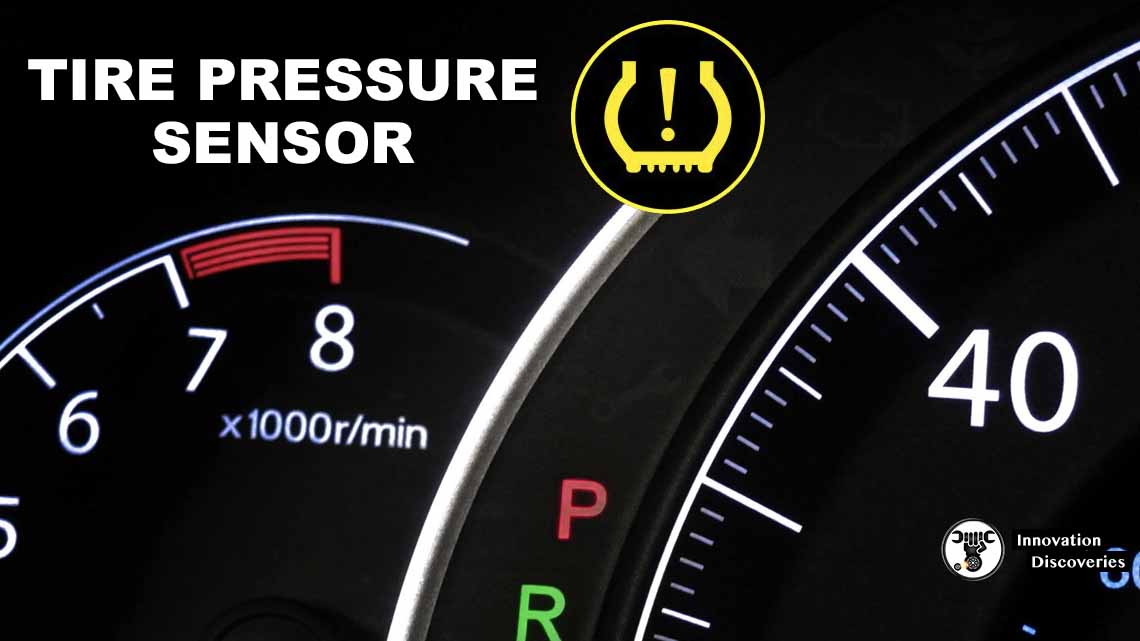
Introduction
The oil pressure sensor is a crucial component of your vehicle’s engine management system. It monitors the oil pressure within the engine and relays this information to the dashboard gauge.
When this sensor malfunctions, it can lead to a range of problems, potentially causing significant damage to your engine if not addressed promptly.
In this article, we’ll discuss the signs that indicate a failing oil pressure sensor, what this sensor does, and how to go about fixing the problem.
Symptoms of a Failing Oil Pressure Sensor
1. Fluctuating Oil Pressure Gauge
One of the primary indicators of a failing oil pressure sensor is a gauge that behaves erratically. It may show unusually high or low readings, jumping around without any correlation to the actual oil pressure levels.
2. Low Oil Pressure Warning Light
Many modern vehicles are equipped with a low oil pressure warning light on the dashboard. If this light illuminates, it’s a clear indication that the oil pressure sensor may be sending incorrect signals or that there is a genuine issue with the oil pressure.
3. Engine Warning Light
In some cases, a malfunctioning oil pressure sensor can trigger the vehicle’s check engine light. This can be caused by the sensor sending out-of-range signals to the engine control unit.
4. Unusual Engine Noises
Inadequate oil pressure can lead to unusual noises emanating from the engine, such as ticking, tapping, or knocking sounds. These noises are often indicative of insufficient lubrication, which can be detrimental to the engine’s health.
5. Oil Leaks Around the Sensor
A failing sensor may cause oil to leak from around the sensor itself. This can be due to a deteriorated gasket or a damaged sensor housing.
6. False Alarms
A problematic sensor may intermittently send false signals, causing unnecessary concern or even panic about low oil pressure when there is no actual issue.
7. Stalling or Engine Misfires
In severe cases, a malfunctioning oil pressure sensor can lead to engine stalling or misfiring. This is a critical situation as it indicates a severe lack of lubrication, which can result in serious engine damage if not addressed promptly.
What the Oil Pressure Sensor Does
The oil pressure sensor is a crucial component in the engine’s lubrication system. It works by utilizing a diaphragm and a variable resistor.
As oil pressure changes within the engine, it causes the diaphragm to move, altering the resistance.
This change in resistance is then transmitted to the dashboard gauge, providing real-time feedback on the oil pressure levels.
How to Fix the Problem
If you suspect that your vehicle’s oil pressure sensor is failing, it’s essential to address the issue promptly to prevent potential engine damage. Here are steps you can take to replace a faulty oil pressure sensor:
1. Locate the Sensor
Consult your vehicle’s service manual to find the precise location of the oil pressure sensor. Typically, it is situated near the oil filter on the engine block.
2. Disconnect the Battery
To ensure safety during the repair process, disconnect the negative terminal of the battery to prevent any electrical mishaps.
3. Remove the Old Sensor
Carefully use the appropriate tools to remove the old sensor from its mounting location. Be cautious not to damage any surrounding components.
4. Install a New Sensor
Install a new oil pressure sensor in the same location. Ensure that the replacement sensor is compatible with your vehicle’s make and model.
5. Reconnect the Battery
Once the new sensor is securely in place, reconnect the battery.
6. Test the Sensor
Start the engine and monitor the oil pressure gauge or warning light to ensure they are functioning correctly. The gauge should display consistent readings within the normal range.
Conclusion
A failing oil pressure sensor can lead to serious consequences for your vehicle’s engine. Recognizing the signs of a malfunctioning sensor and promptly replacing it can help prevent costly repairs in the long run.
If you’re unsure about any of the steps involved in replacing the sensor, it’s recommended to consult a professional mechanic for expert assistance. They have the expertise and tools necessary to perform the job safely and accurately.
Remember, maintaining proper oil pressure is essential for the health and longevity of your engine.
READ MORE:
VEHICLE SENSORS: FUNCTIONS AND TYPES
Visit Forum
Visit Our Friendly Website



